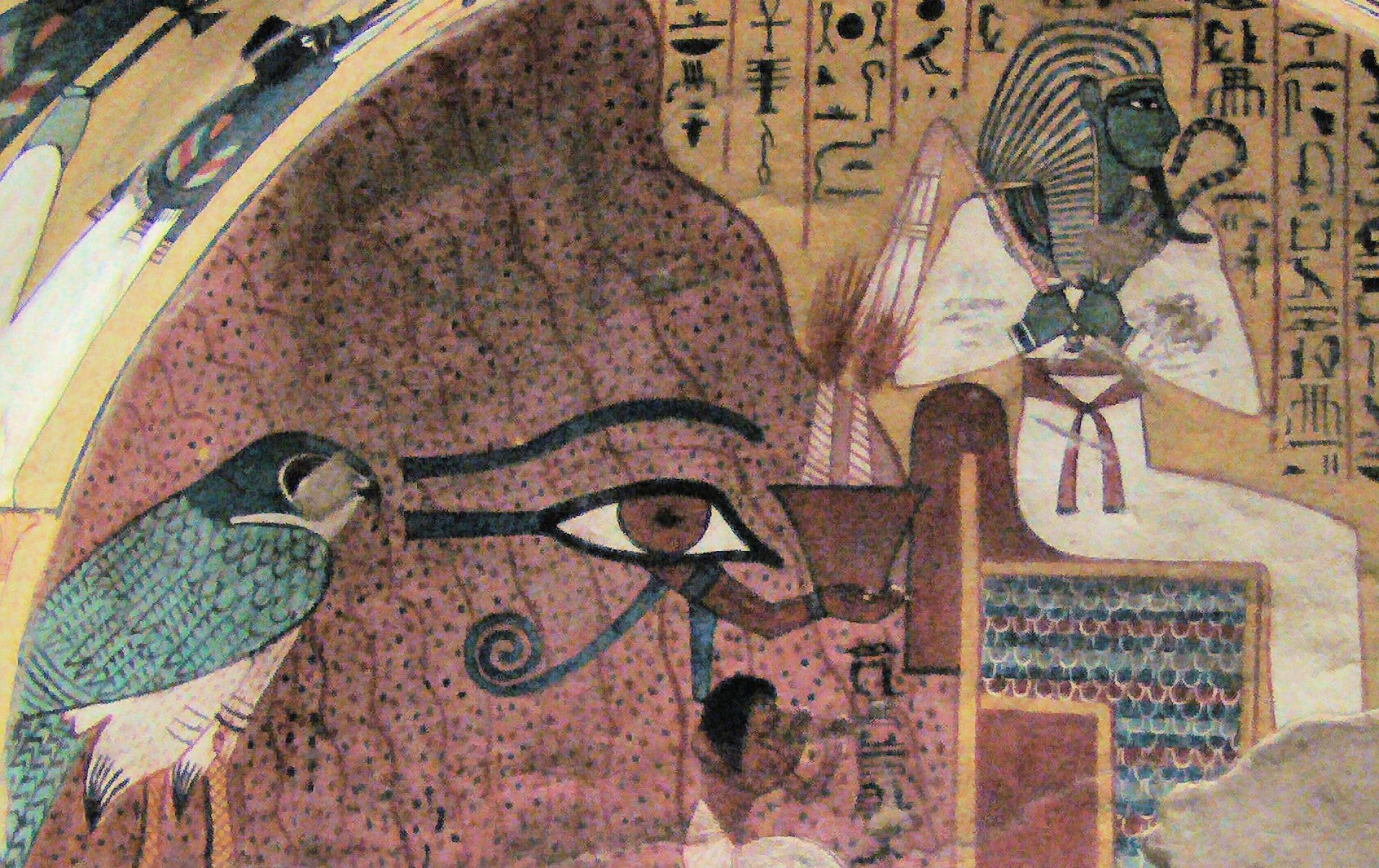
NASA has announced today that its Messenger spacecraft has confirmed that there is ice on the surface of Mercury.
Mercury is the closest planet to the Sun, and parts of its surface can reach temperatures of 800 degrees Fahrenheit. So it might seem like a strange place to find ice. However, because Mercury has virtually no tilt to its axis, there are actually parts of the surface that never see sunlight at all.
The idea that the surface of Mercury has ice has been kicking around since the 1970s, and radio telescope images in 1991 showed some signs that were consistent with there being water ice on the surface. But neutron spectroscopy images have confirmed that the ice is present.
“For more than 20 years the jury has been deliberating on whether the planet closest to the Sun hosts abundant water ice in its permanently shadowed polar regions. MESSENGER has now supplied a unanimous affirmative verdict,” said team member Sean Solomon in a NASA press release.
One fascinating wrinkle to this discovery is that some of the ice appears to exist in areas where it might be expected to be too warm for water ice to be stable – cool regions of the surface that are below the boiling point of water but above the freezing point. In these areas, the water appears to be covered by a dark material that the researchers suspect might be complex organic molecules. Those materials – along with the ice – probably made their way to Mercury’s surface on comets crashing into its surface.
This new discovery raises more questions than answers. As Solomon stated in the release, “Do the dark materials in the polar deposits consist mostly of organic compounds? What kind of chemical reactions has that material experienced? Are there any regions on or within Mercury that might have both liquid water and organic compounds? Only with the continued exploration of Mercury can we hope to make progress on these new questions.”
It’ll be exciting to see what that might be. That’s the best thing about science. Every time you confirm one theory, you discover something else that needs to be studied.
